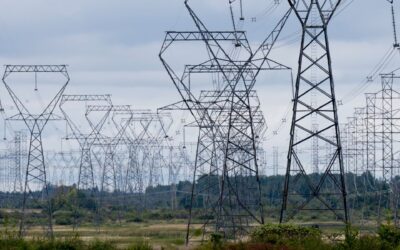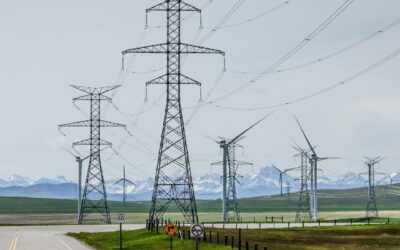With Canada’s net-zero-by-2050 objective now set, Canada, collectively, needs to get going to frame important policy questions. Why the rush? Because net zero is not that far away with thirty years to 2050 roughly equal to the lifespan of three cars, two residential furnaces or one industrial boiler. The equipment we are buying today will be around for decades to come, impacting Canada’s ability to significantly reduce fossil fuel emissions by mid-century. If we want to change Canada’s emission trajectory to 2050, we need to send long-term policy signals aligned with net zero that impact today’s investment choices.
Net zero isn’t gross
A first policy question is to define what we mean by “net zero.” Does zero mean zero? Well, no, net-zero emissions does not necessarily mean that Canada’s total emissions must go down to zero. Just like with the current 2030 target, there are accounting adjustments that knock gross emissions down to net emissions. Canada has a variety of options available to offset total emissions—arriving at lower net emissions—by investing in projects that reduce emissions elsewhere. The Fourth Biennial Report just published by ECCC, for example, includes 28 Mt of imported Western Climate Initiative credits and an accounting adjustment for land use, land-use change, and forestry (LULUCF). These credits effectively define Canada’s 2030 target as a net target of 511 Mt and a gross target of 539 Mt.
Likewise, questions remain about other adjustments: What role will technologies that remove carbon from the air play? How much promise do international credits hold? What can we achieve through nature based solutions like land use change and improved forest management? These questions are not new, but really our understanding of their role in contributing to net zero is unclear. We need to focus our attention and better understand the emission reduction potential of these net-zero opportunities.
A long way down
Next, we need to look at the pathways to net zero and be realistic about the effort required to get there. Canada clearly has its work cut out to get to net zero. Between 2005 and 2017, Canada’s carbon emissions declined about 0.2 per cent per year, down from 730 to 715 million tonnes. Looking forward to 2030, the latest carbon emissions projection from Environment and Climate Change Canada (ECCC) has carbon emissions declining by 1.5 per cent per year. This higher projected rate of decline reflects the recent uptick in climate policy ambition by Canadian governments.
But to achieve Canada’s 2030 target of 511 million tonnes, the projected 1.5 per cent annual decline needs to almost double to 2.7 per cent per year to 2030. Then looking deeper to net zero, the annual rate of emission reduction needs to average 14 per cent per year after 2030, assuming a linear decline rate to net zero.
The net-zero transition clearly requires a material shift in policy ambition and low-carbon technology penetration at a pace and scale unseen to date.
Yet, achieving net zero is not outside the realm of possibility. Look to our own backyard where federal and provincial electricity policy, coupled with innovation in generating technology, has bent carbon emissions down in a big way. In 2005, electricity sector carbon emissions were 119 Mt, then fell to 74 Mt in 2017 and are now forecast at 18 Mt by 2030—an impressive 7 per cent year-over-year decline over 25 years.
From 2005 to Net zero: Average Annual Change in Carbon Emissions
Uncertainty on the rise
Another important question is how net zero will impact future compliance obligations and carbon costs. After all, expectations over future costs will impact technology choice today. To align with net zero under the Clean Fuel Standard, for example, what is the decline rate after 2030 in the carbon intensity? What impact will net zero have on the trajectory of output-based pricing benchmarks and the carbon price?
Make no mistake, industry is now looking at the time horizon of their assets and wondering how shifting compliance obligations aligned with net zero will impact their investments. Reducing uncertainty over future carbon costs through providing clear and long-term policy signals needs to be a top priority for governments if the transition to net zero is to be managed smoothly.
Of course, its not all doom and gloom. Some industry will benefit through providing innovative solutions that enable carbon to be reduced. Long-term policy signals assure innovators that there will be economic returns from the bets they place on innovation spending.
Pathways to 2050, not just net-zero GHGs
Clearly there is a broad range of climate policy choices needed to help better manage the pathway to 2050. Collectively, the country needs to frame those long-term policy choices and better understand probable impacts on investment, labour needs, innovation, and competitiveness to name just a few. Canada then needs to engage and coalesce around those choices.
A net-zero target places more pressure on Canada to work together and to do it quickly. Net zero by 2050 is not so far away.
This is the second blog in our series Getting to Zero. Read part one.





